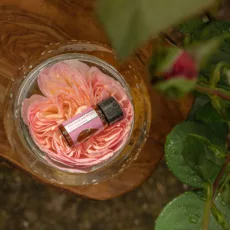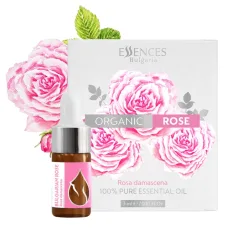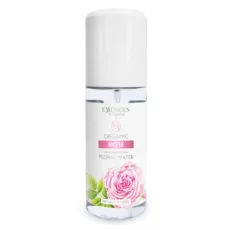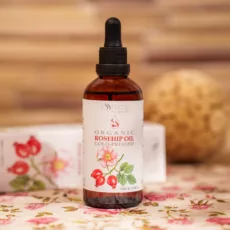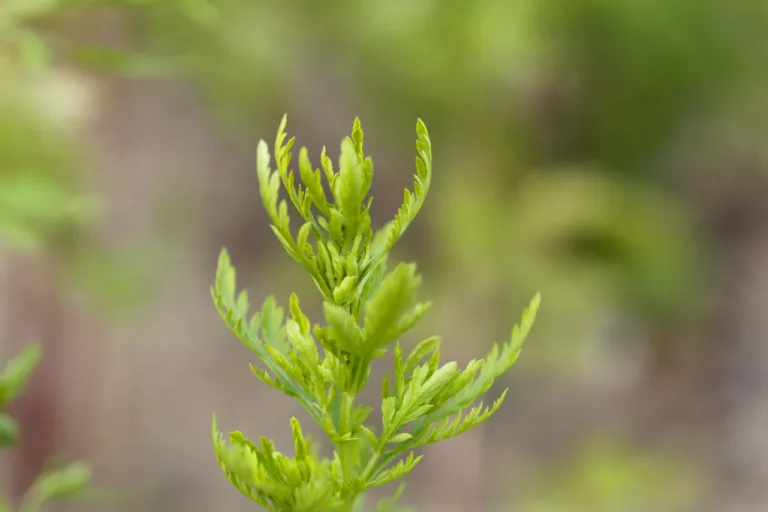Damask Rose
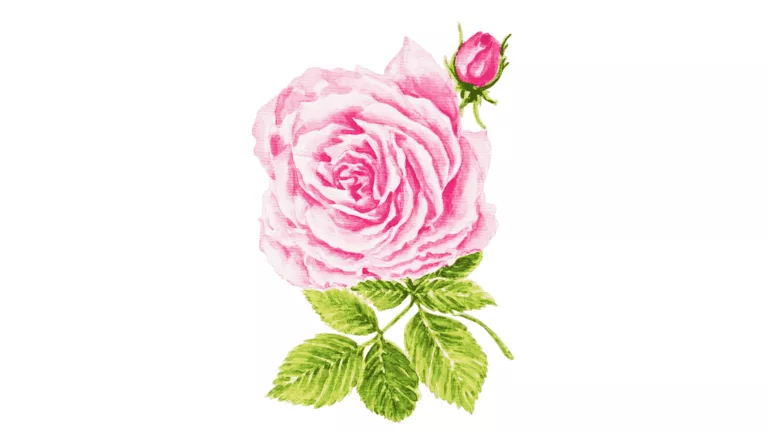
Damask rose (Rosa damascena) is a national symbol of Bulgaria and holds a special place in people’s hearts from antiquity to the present day, though in truth our beloved flower has its origins elsewhere. Its very botanical name points the way—Damask rose refers us to the village of Al-Marah, near the Syrian capital of Damascus.
Study of the ancient Aryan texts brought by the Aryans to India provides the earliest known references to roses. At first, the rose was used to obtain fragrant oils needed for religious rituals. Later it found wide application in medicine in various forms. Roses were declared a sacred plant. In Ancient Egypt the rose supplanted the lotus as a sign of luxury and opulence.
The poet Sappho called the rose “the queen of flowers.” Vishnu, guardian of the Universe, upon seeing the captivating beauty Lakshmi in a rose cradle, woke her with a kiss and made her his wife. From that moment Lakshmi became the goddess of beauty, and the rosebud that hid her—a symbol of divine mystery.
The rose was the favorite flower of the House of David, from which the Savior and his mother descended. Maidens consecrated to God were called “roses.”
As medieval Persian poets wrote: “The rose is a gift from Allah Himself. Once all the plants appeared before Him, asking for a new ruler in place of the drowsy lotus. The lotus was beautiful but at night forgot its duties. And so Allah graciously gave them a new ruler—the virgin rose, with her sharp thorns for protection.” The rose cult continued to flourish in the East. When Saladin captured Jerusalem in 1187, he sent 500 camels laden with rose water to cleanse the Dome of the Rock—the Muslim shrine in Jerusalem. Some historians believe that the crusader Robert de Brie brought the oil-bearing rose to Europe from Syria sometime between 1254 and 1276.
It is thought that the first roses on Bulgarian lands were brought to Thrace by the returning soldiers of Alexander the Great. Written sources from as early as the 1st century BCE testify to the role of roses in the life of the Thracians. Rose oil was included in the chrism used for anointing in religious rituals.
The oil-bearing rose with its delicate pink bloom and intoxicating fragrance—known as the Bulgarian rose—was introduced to the territory of Bulgaria only in the Middle Ages. Reliable written records of oil-bearing roses in the region of Kazanlak—today known as the Valley of Roses—date from 1652. The roses were brought to these lands via Damascus, and history suggests that cultivation began in the gardens of a Turkish judge (at the time, Bulgaria was part of the Ottoman Empire). In 1593 Sultan Murad III ordered the judge to begin growing roses for the needs of the sultan’s palace. “Kazanlak,” wrote Count von Moltke (a Prussian field marshal in Ottoman service from 1835 to 1840), “is the Turkish gülistan. There the roses grow in the fields in furrows like potatoes.”
The Rose Valley in Bulgaria is famed as a symbol of the country. The Bulgarian rose is synonymous with the highest quality in the world. From it are extracted the precious essential oil—“liquid gold”—rose water, and rose petals for perfumery, aromatherapy, cosmetics, pharmaceuticals, and the food industry, and the cultivation of oil-bearing roses in Bulgaria boasts centuries-old traditions and an unflagging boom.
In antiquity the rose was used in folk medicine to relieve coughs; to treat stomach pains and digestive problems; to ease menstrual pain, especially painful cramps. Tea made from fresh or dried rose petals has a soothing, relaxing effect and is used in times of heightened stress, anxiety, and depression, as well as a pleasant aid to relaxation and improved sleep.
In Bulgarian folk medicine, rose petals are used as a mild laxative—it is well known that the jam made from rose blossoms has a gentle laxative effect. Another application is in gastrointestinal ailments and for regulating gastric secretion.
